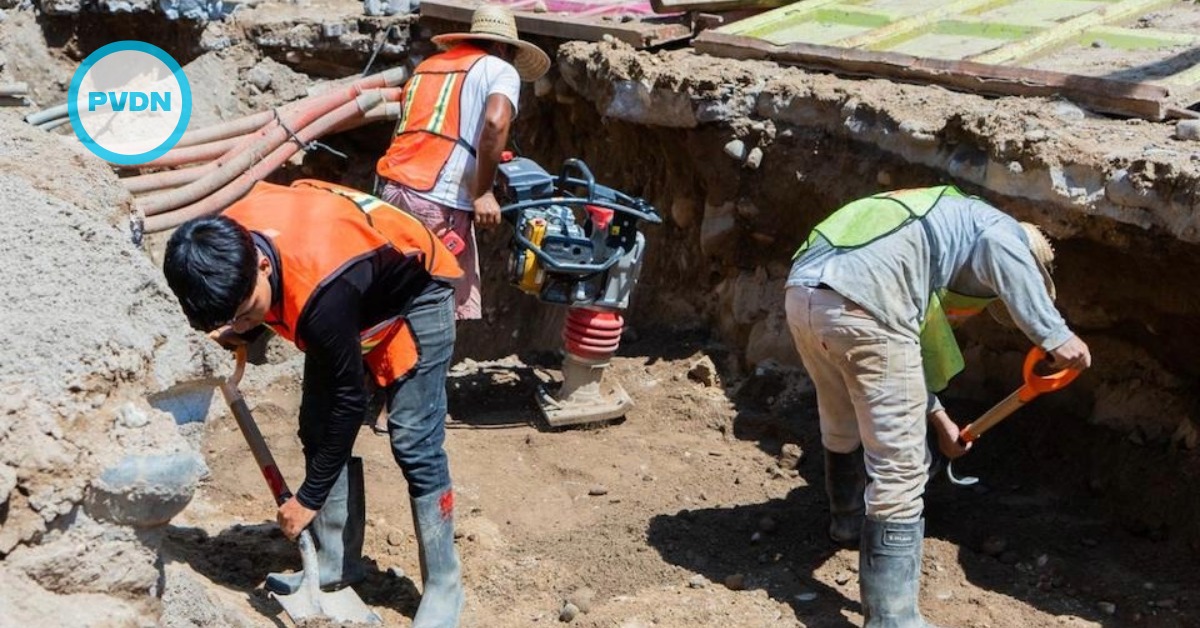In a sheltered corner of one of the greatest megacities on Earth, there is a place where lizards careen around tree trunks, butterflies drink nectar from vermillion flowers and hummingbirds whisk the heavy air with their wings.
Stand in the botanical gardens of the Bosque de Chapultepec (the Chapultepec forest) and listen carefully enough, and something remarkable happens: birdsong begins to pierce the groan of trucks and the screech of taxi horns from the long avenue that bisects the park.
The gardens are home to one of a growing number of azoteas verdes – or green roofs – that are springing up . . .





